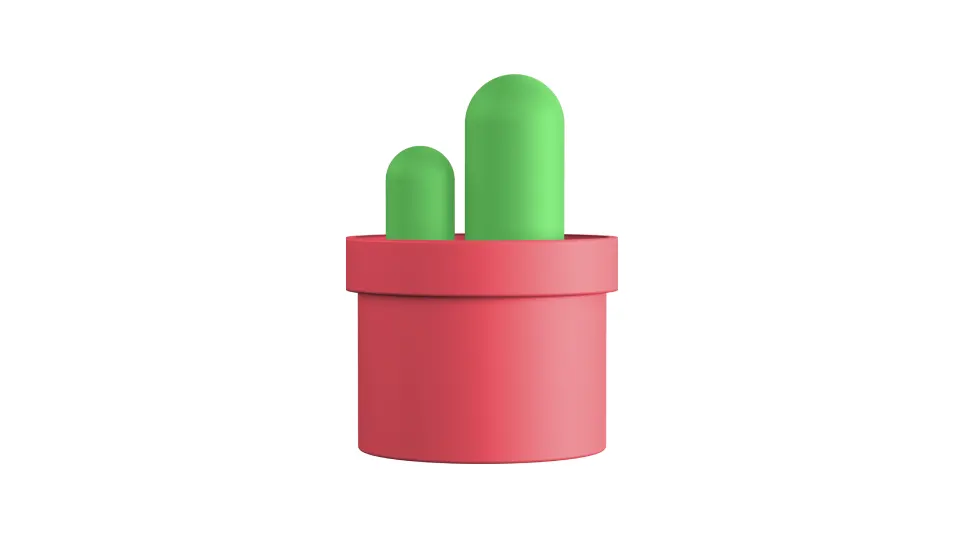The phrase “less is more” is one you’ve heard a thousand times, but the reality is that while everyone knows it, few truly apply it. It’s far easier to add graphic elements than to decide which ones to remove. But remember, minimalism isn’t just about stripping away elements; it’s about strategically choosing what’s essential and creating breathing room so your design can stand out.
Minimalist Design in Practice: What Are We Really Talking About?
It’s about communicating visually with clarity, creating simple yet compelling designs without distractions from the main message. In web and UX/UI, this translates into clean interfaces, limited color palettes, legible typography, and ample whitespace between components.
Why Does Minimalist Design Work So Well?
Because it’s simple and effective. Fewer visual distractions mean that what truly matters becomes clearer. Navigation becomes super intuitive, the message cuts through the clutter, and performance improves dramatically (pleasing both users and search engines). Plus, minimalism never goes out of style.

Architectural Design Inspiration: The Enduring Legacy of Le Corbusier
Although minimalism is trending in digital design, its roots go much deeper. In the 1920s, Swiss-French architect Le Corbusier—one of the giants of modern architecture—sparked an aesthetic and functional revolution that remains relevant today. He was a pioneer in viewing buildings as “machines for living,” a phrase that encapsulates his focus on functionality, proportion, and the elimination of the superfluous.
In his manifesto, The Five Points of Modern Architecture, he rejected unnecessary ornamentation and promoted a new way of thinking about space: simple, functional, and designed for everyday living. Far from a fleeting fad, his approach continues to inspire creators of all kinds—from architects to digital product teams—with its conceptual clarity and expressive power rooted in simplicity.
Minimalist Design in UI/UX: A Direct Connection
In UI/UX, we pursue the same goals: clarity, visual hierarchy, and whitespace that breathes. A well-placed button is worth a thousand effects. A clean screen free of visual noise enhances interaction—just as a well-laid-out home promotes good circulation and natural light.
Both disciplines share a guiding principle: form follows function. Minimalism isn’t emptiness; it’s intention. Every element has a purpose.
Practical Tips for Achieving “Less Is More” in Minimalist Design
- Reduced palette: Choose two or three harmonious colors to create visual balance and clarity.
- Clear typography: Opt for easy-to-read fonts and maintain consistency throughout your design.
- Generous margins: Use whitespace strategically to highlight the most important elements.
- Defined hierarchy: Organize content so users immediately understand what’s primary and what’s secondary.
- Clean backgrounds: Select white or soft-toned backgrounds to allow your content to naturally stand out.
Minimalist Design Examples That Nail the Concept
- Medium.com: Utilizes whitespace so content stands out with crystal-clear focus.
- The New Yorker: Employs a limited color palette and well-defined hierarchies, making the reading experience both enjoyable and straightforward.
- Journey (Video Game): This visually striking game showcases minimalist design through its vast landscapes, limited color palette, and subtle narrative cues. Its simplicity enhances emotional depth, creating an immersive experience.
Although this concept may sound overused, putting it into practice can transform an average design into a memorable one. Are you ready to give it a try?



